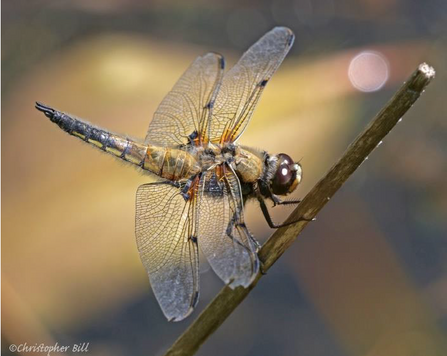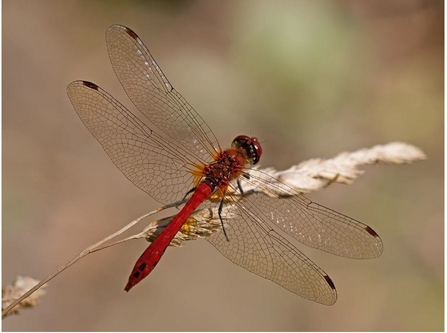Overall, the analysis of all sightings submitted via iRecord and a Durham Wildlife Trust app concluded that 2022 was an excellent year for Odonata (dragonflies and damselflies), however, the summer and autumn drought might mean that 2023 has fewer of them emerge. That is because Odonata spend most of their life underwater as larvae (often called nymphs), and after one or possibly two years, they climb up vegetation, shed their exoskeleton and emerge as a dragon or damselfly. With so many ponds, including large ones such as Shibdon having dried up in 2022, there will probably be a reduced number of the species that would have laid eggs early in the season.
There were 3932 sightings submitted, compared to 2315 in 2021, and 1257 during 2020 (lockdown year). While this massive increase is very positive, 1200 sightings came from one observer, and primarily at one site, so we still need to increase the number of regular contributors. While a sighting could be of a single dragonfly, the most seen on one occasion was 300, when a mass emergence of migrant hawker dragonflies occurred. While 300 is very impressive, on mainland Europe around every ten years, swarms of 2.5 billion four-spotted chasers have been recorded, so we have a little way to go yet.


